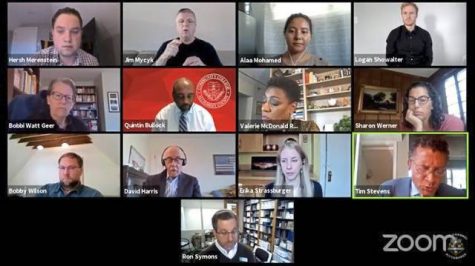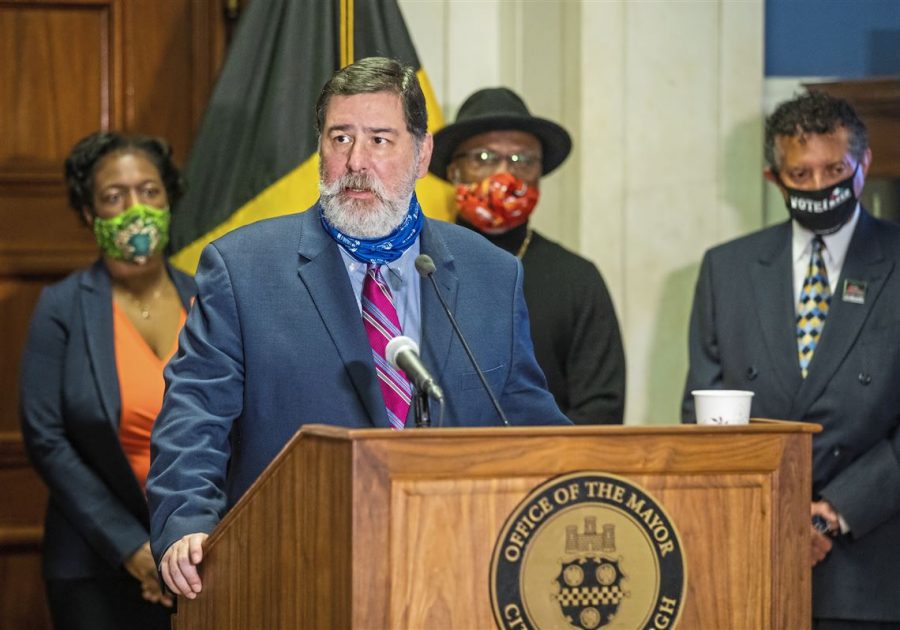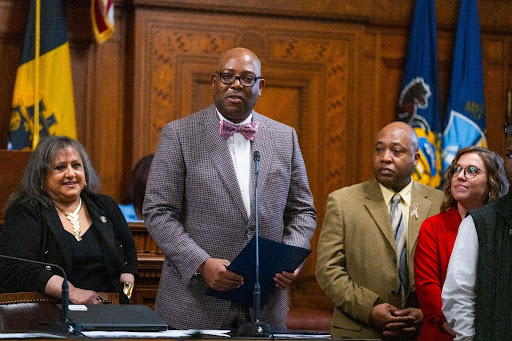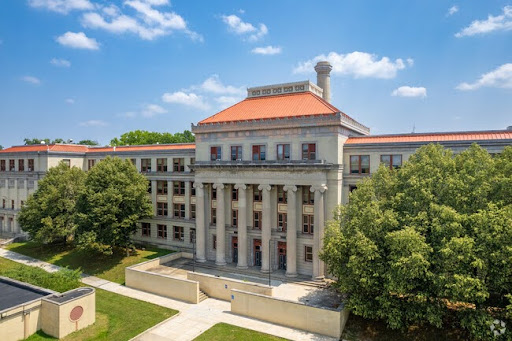A Look Into Pittsburgh’s New Taskforce on Police Reform
On October 19th, the Pittsburgh Community Task Force on Police Reform was released providing suggestions on what the city can do to address issues with the Pittsburgh Bureau of Police (PBP), especially surrounding race. This task force was formed in response to the Black Lives Matter (BLM) movement that was sparked across the country, including Pittsburgh, during this summer after the brutal murder of George Floyd and calls for massive systemic change of the police within the United States, including proposed defunding.
Mayor Bill Peduto has expressed hope that this task force will be able “to lay out a blueprint for real and sustained change and reform for the Pittsburgh Bureau of Police, generating recommendations for concrete suggestions and people-oriented solutions that will make Pittsburgh a safe and healthy place for all of our citizens, especially for members of our Black community.”
When the report was finally released, many did not seem to view it as positively as Peduto did. Much of the Left—and especially those who had been involved in the BLM protests this summer—see this report as largely useless and believe that it provides no substantial change to the police. Alicia Salvadeo, a teacher at City Charter High, said about the report, “I was disappointed but not surprised … We know that any report that stops at such minimal reforms as these stops far short of addressing much deeper problems that require bolder action and leadership.”
The negative reaction to this report hasn’t just come from supporters of BLM but also from the PBP themselves. The Federal Order of Police released a statement calling the report troubling and agenda-driven.
So what does this report say, and why is it so controversial? To answer that question, it is best to start with the people who wrote it.
The Pittsburgh Community Task Force on Police Reform has 15 members who were chosen to represent a diverse variety of viewpoints and interests. Despite this decision to include people with many interests, a vast majority have one thing in common: most are fairly powerful and wealthy people in Pittsburgh such as Tony Beltran, the CEO of Pittsburgh Mercy and Valerie McDonalds Robert, who used to be the Chief Urban Affairs Officer. Besides Nathaniel Yap and Patricia Leftwich, who is simply given the title of community advocate, the task force’s membership has a notable lack of regular community members in it.
When asked about if he believed the task force accurately represented the community of Pittsburgh, Yap said, “The perspective that I have is that everyone who serves on the task force is a community advocate, I think everyone who served…went into this with the best intentions of really serving the city. Everyone was a community member and looking for outcomes that could help our society improve with police community relations and services provided to the city.”.
The report itself is split into eight different sections, each of which cover a different issue that the task force has identified with the PBP and provide a description of the issue. Each section concludes with several suggested solutions for the city government to fix these issues. These eight sections include topics such as eliminating racial disparities in policing, reimagining police, and others focused on reforming the police.

Much of this task force report is spent defending the police from accusations of racism and against calls to defund them. While the report recognizes that there are certainly disparities between the treatment of Black and White Pittsburghers by the PBP (for example, the report states that “19.8% of Black males experienced traffic stops, but only 6.5% of white males”), the report continues to say that the existence of actual race-based discrimination is unprovable due to a current lack of evidence.
“I think that we are trying to let the facts speak for themselves,” Yap said in response to a question about whether the task force is too unwilling to call police actions racist, “and in order to allow the facts to speak for themselves we had to remain as unbiased as possible”.
After being asked whether this commitment to being unbiased could possibly support the incorrect idea that the only reason Black people are treated differently by the police is because they commit more crime, Yap said that “We don’t necessarily want to use a broad brush and paint everyone that is serving in the force of being a certain way. It’s a fine line and we hear what you are saying…and that’s why we put that issue upfront.”
Stances on racism within policing like these make Salvedalo believe that “a goal of this task force is to improve public trust in the PBP much more than it is to address actual systemic issues with the police.” A desire for better public relations is very explicitly stated as one of the goals of this task force, as an entire section is titled “Public Relations with the Police.”
The report also rejects the call to defund the police along with other demands of the BLM movement. There is some recognition that demands like these come from a good place but still no support for these ideas. In fact, the report seems to take the stance of putting more money into the PBP in order to allow for better reform, similar to Mayor Peduto’s stance and one that many students at Allderdice are against including Lee Rosenfeld. The sophomore, when asked about Peduto’s attempts to reform the police, said, “Over Mr. Peduto’s time as mayor, he has always said he doesn’t support the police but [he] has [then] turned around and kept giving them money.”
The report also proposes giving the police more money for the creation of a database to keep better track of the actions the PBP makes, the hiring of a more diverse officer base, and the creation of an app to help officers with their wellness, as well as other suggestions.
More recently, members of the task force met again with the City Council on November 12 in order to pressure them to act upon these suggestions. While nothing has yet to come out of these meetings, it is clear that many of the members of the task force genuinely want to see these changes implemented.
It seems that much of the report agrees with the problems identified by the BLM movement; but, it doesn’t wish to suggest many of the bold changes BLM wanted as to not step on the toes of the PBP. This attempt to appeal to both sides has yet to yield results. At this stage, they are simply suggestions, and it is clear that based on the current negative reaction to these suggestions, attempts to find a middle ground between the interest of the PBP and the BLM movement won’t pan out any time soon.
Disclaimer: Quotes from Nathaniel Yap used in this article are representative of his own opinion not that of the rest of the members of the community taskforce.







